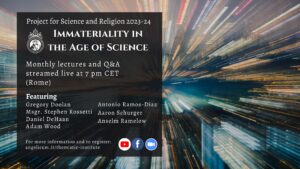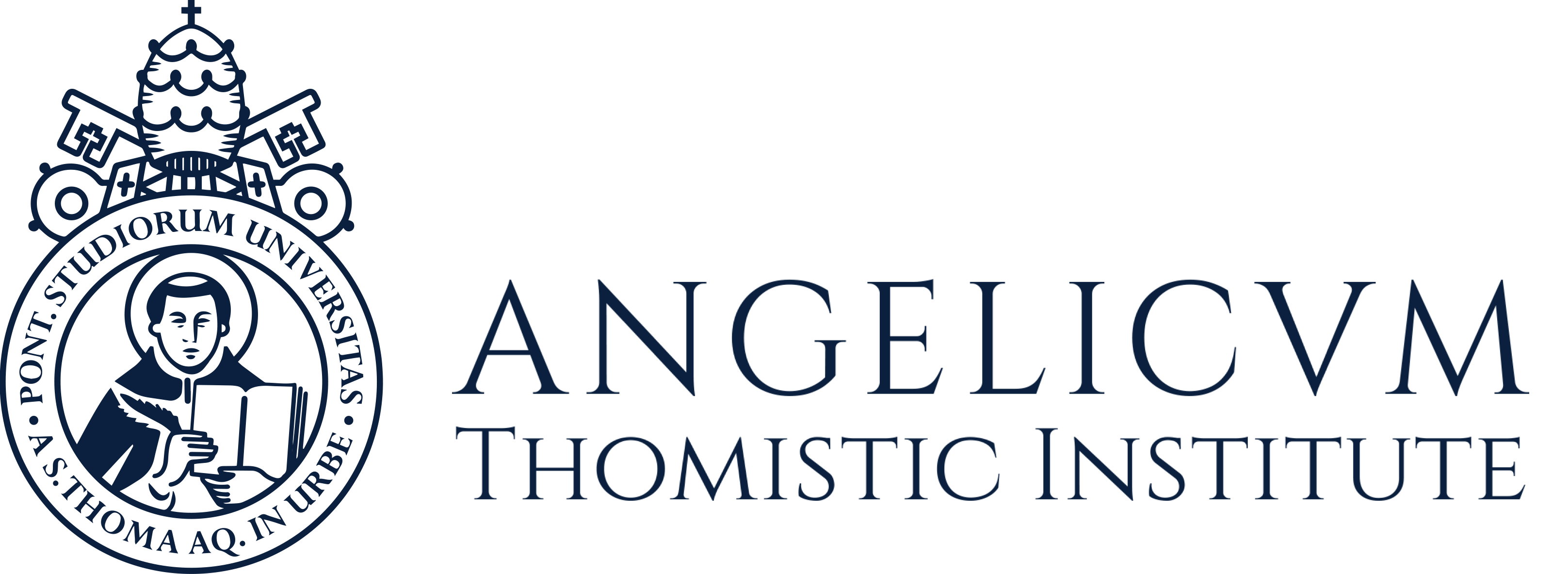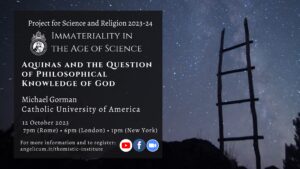The Neuroscience of Free Will
Dr. Aaron Schurger
Chapman University
Given that the brain controls the movements of the body and is the seat of our decisions, one might reasonably think that neuroscience should shed some light on the question of free will. Indeed, neuroscientists going back to the 1960s and even well before have considered the question of whether and how humans might have free will. Given what we know about the division of labor in the brain and nervous system, I will discuss evidence from neuroscience that may bear on the question of free will. Some key evidence, concerning the cortical “readiness potential”, has been cited as being incompatible with the possibility of conscious free will. However, over the past decade, evidence of my own and others has cast the classic interpretation of this kind of evidence into serious doubt. So, does neuroscience have anything at all to say about conscious free will? Perhaps, and I will describe the kind of neuroscientific evidence that would be required to genuinely cast doubt on the possibility of conscious free will. There is, as yet, no evidence of this sort. For many the belief in free will is an act of faith and so need not rest on any neuroscientific data, but it is useful to understand how to interpret neuroscientific data that are thought to bear on the question.
With a background in computer science, Aaron Schurger did his doctoral training in psychology and neuroscience at Princeton University under the guidance of Jonathan D. Cohen and Anne Treisman. As a post-doc he trained with Stanislas Dehaene at Neurospin in France, and with Olaf Blanke and José del R Millán at the EPFL in Switzerland. He went on to join the French National Institute for Health and Medical Research (INSERM) as principal investigator based at Neurospin. In 2019 he returned to the US to join the Department of Psychology and Brain Institute at Chapman University in Southern California. Schurger maintains two lines of research, one focused on perception and the neural signatures of subjective experience, and another focused on the neural antecedents of self-initiated movement. He uses a variety of techniques in his research including behavioral psychophysics, neuroimaging, computational modeling, machine learning, and brain-computer interfaces.
Related Content






